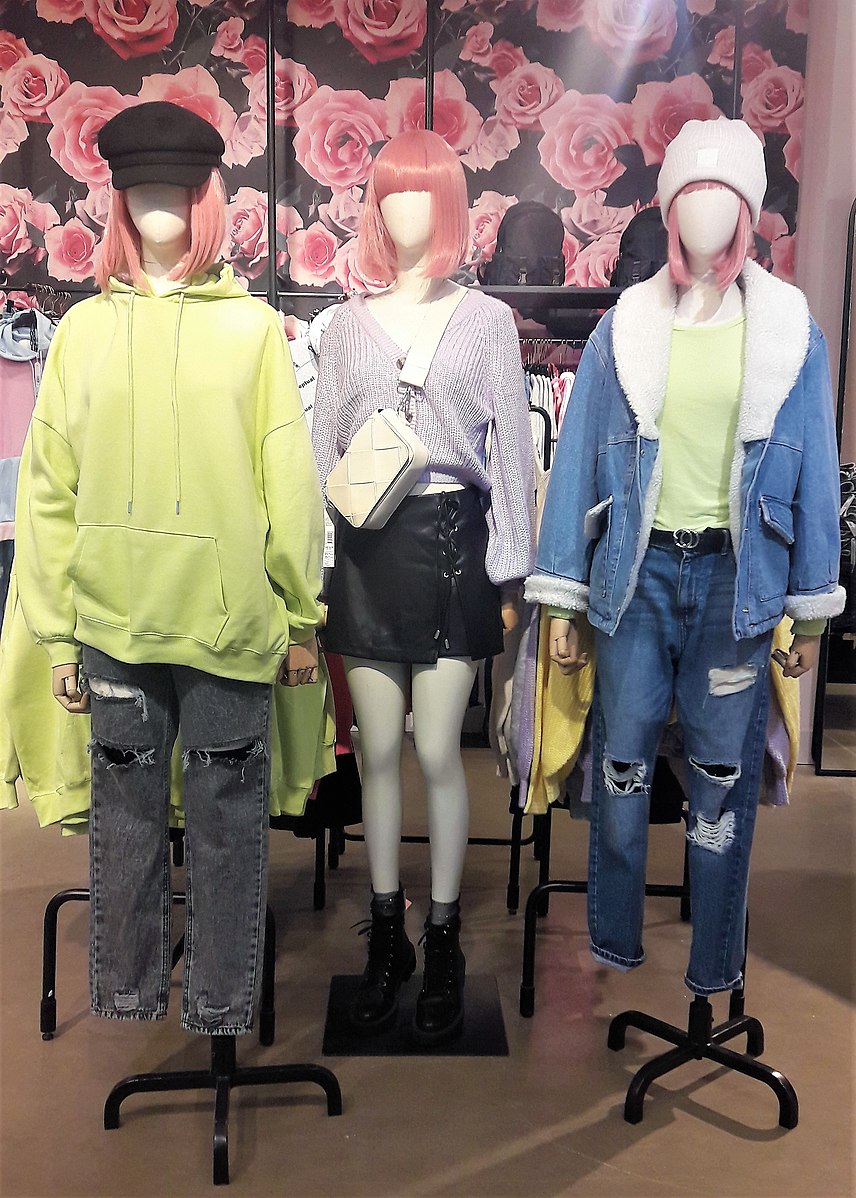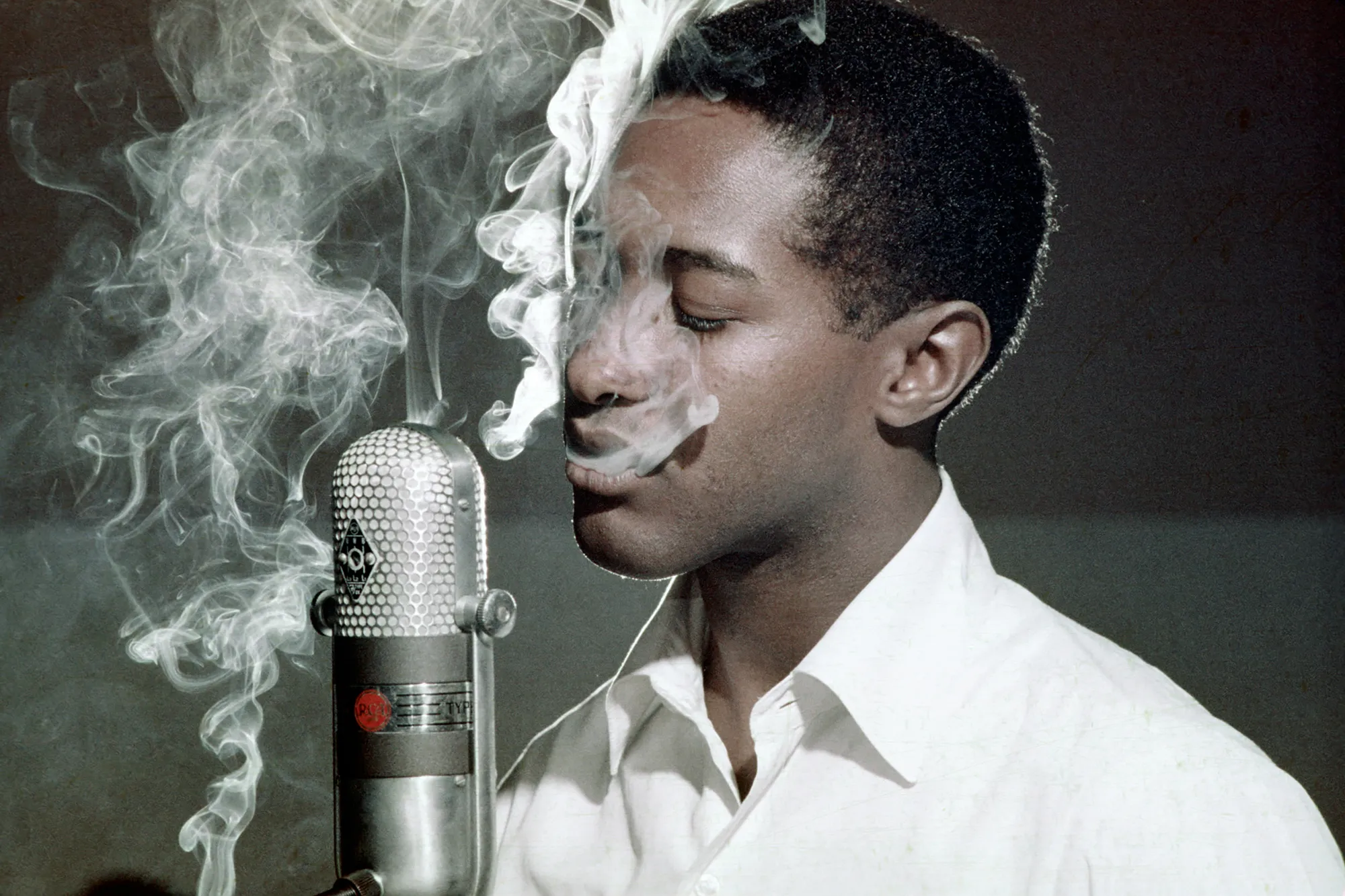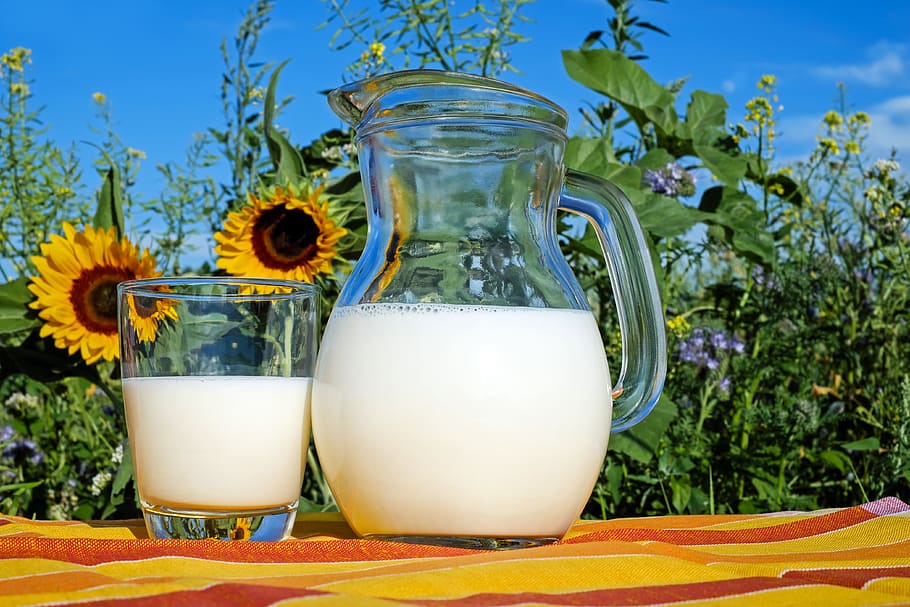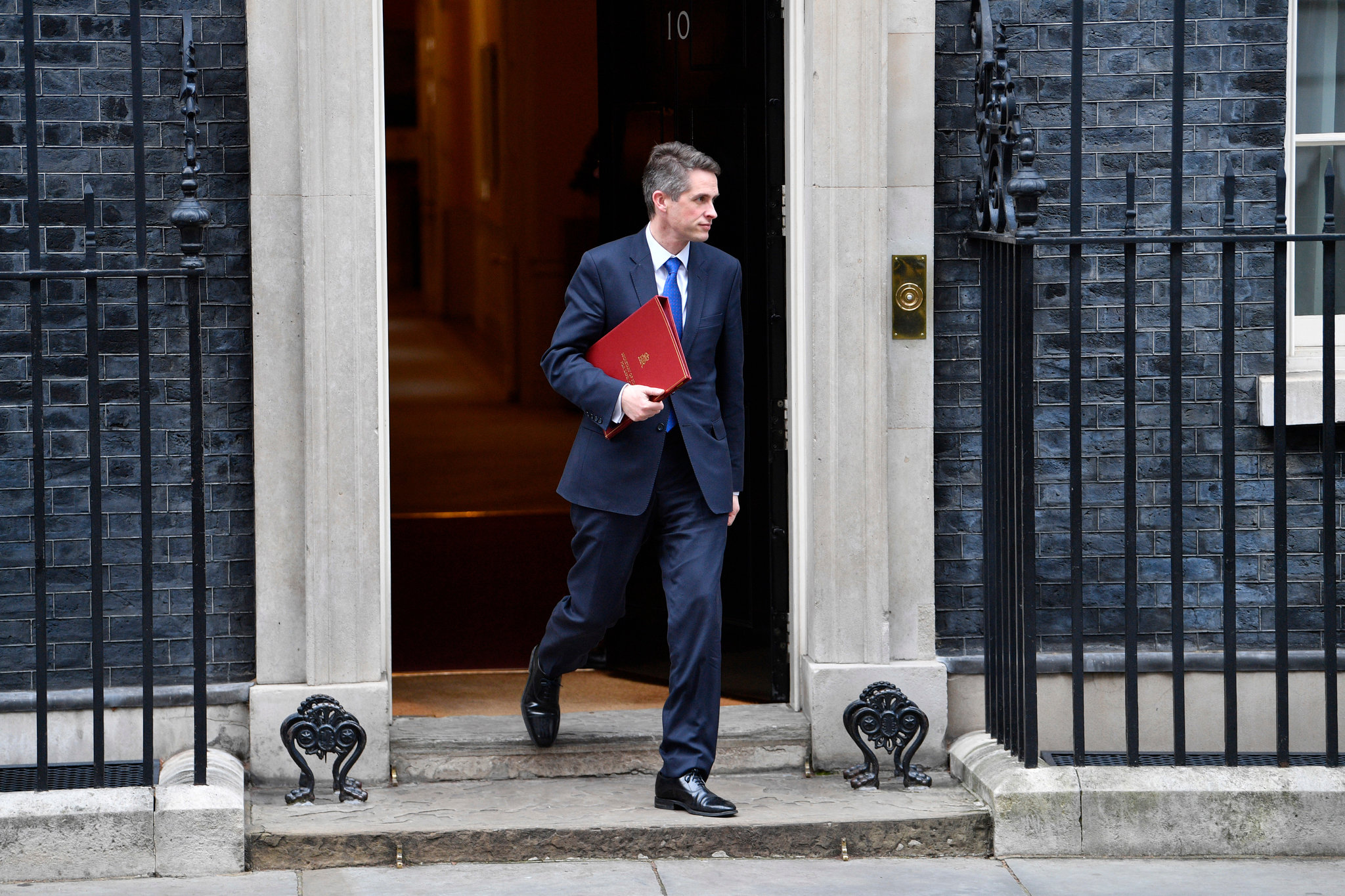In 2019, 32% of UK households bought dairy-free milk. With the prevalence of lactose allergies, the rise in people converting to veganism and increasing awareness of the negative environmental impact of purchasing dairy, it comes as no surprise that more people are going dairy-free. But with all of the different plant milks that are available to buy, from those made with nuts to rice to coconut, which is the best? And what is it that people look for when choosing a plant milk?
Round 1: Cost
Some – especially students – may be swayed by the price when choosing from the huge variety of plant milks that UK supermarkets offer. Based on a litre of Alpro milk at Tesco’s almond, cashew and coconut milk appear to be the most expensive, retailing for £1.70 a carton, with oat and rice following at £1.40 and soya the cheapest at £1.30 a litre.
However, if you’re looking for luxury when choosing a plant milk and can compromise on price, Califia Farms is a brand that sells plant milks infused with sweet flavours like vanilla and even sell litre bottles of chilled coffee made with dairy-free milk. But you may find yourself dishing out a whopping £2.95 for some of these.
A little tip for those wanting to switch to dairy-free milk on a budget is to have a look in the long-life milk section on the shelves in supermarkets, where many sell their own-brand plant milks. For example, Tesco’s own almond milk retails for £1 a litre and their soya milk is just 85p. However, bear in mind that some of the supermarket-own brand milks can taste slightly different to the Alpro versions so you might want to buy a selection to see which you prefer.
Round 2: Taste
Speaking of taste, it is common that plant milks all work well for different uses. PETA UK give recommendations as to which plant milks are best for different things. For tea and other hot drinks, they recommend oat milk. I strongly agree, as oat milk makes a deliciously creamy coffee or hot chocolate. Many people agree that oat milk tastes the closest to cow’s milk in tea and it’s very important for us Brits to get a cup of tea right!
For cereal, almond milk is recommended by PETA. With its light texture and nutty taste, it is great poured over any cereal, especially nutty granola. I personally think almond milk is also great in any chilled drinks like iced coffees or milkshakes.
Soya milk is preferred for baking; with its creamy and sweet taste, it’s a great substitute for cow’s milk in anything from cookies to cakes. Try unsweetened soya for savoury cooking – to make a roux for a dairy-free lasagne – or try coconut milk stirred into a homemade soup for some extra flavour.
Round 3: Health & Nutrition
As some people can be intolerant or allergic to soy, soya milk is not the best health-wise, however, it is the most nutritionally similar to cow’s milk. Soya milk contains as much protein as cow’s milk but is lower in calories, low in saturated fat, cholesterol-free and offers nearly 50% of the daily recommended intake of vitamin b12 (which is generally lacking in a vegan diet).
While it lacks protein, unsweetened almond milk is the lowest-calorie option on the market with just 30 calories a cup, however, this isn’t an option for those with nut allergies. Oat milk is an alternative choice for those with nut or soya allergies but also great for everyone, containing a good amount of protein, being high in fibre and available as a gluten-free option.
Round 4: Environmental Impact
Despite soya milk using four times less water to produce than cow’s milk, two times less land and producing two and a half times less CO2 emissions, there is still a lot of controversy surrounding the effects of soybean farming. The WWF state that ‘behind beef, soy is the second largest agricultural driver of deforestation’, however, 70-75% of the world’s soy is used as feed for livestock and farmed fish. So, if you’re buying soya milk because you are vegan, your contribution to the deforestation caused by soybean farming is already massively reduced.
Despite the downsides of soya milk, it also has its advantages. Soya milk production uses the least amount of water compared to other plant milks, taking just 28 litres to produce 1 litre, compared to the mind-blowing 628 litres that it takes to produce just 1 litre of cow’s milk.
In comparison, almond milk uses half the amount of water as cow’s milk (371 litres) and is the highest out of all the plant milks. Almond cultivation has also had its fair share of controversy. California, which provides 80% of the world’s almonds, frequently experiences droughts which have become increasingly worse over the past decade. It takes 5 litres of water to produce a single almond, meaning that these mass exports are taking away from the local communities.
Winner!
It appears that oat milk comes out on top as the most favourable plant milk. Not only is it suitable for soya and nut allergy sufferers, but can also be gluten-free, has little impact on climate change and deforestation compared to other milks and is one of the cheapest available in UK supermarkets.
Despite this, all plant milks are great alternatives to cow’s milk. Whether you choose to buy them for lifestyle choices, allergies or just because you prefer the taste, each one can offer something different.
Next time someone asks you what the big plant milk hype is about, tell them they really ‘oat’ to know more…











